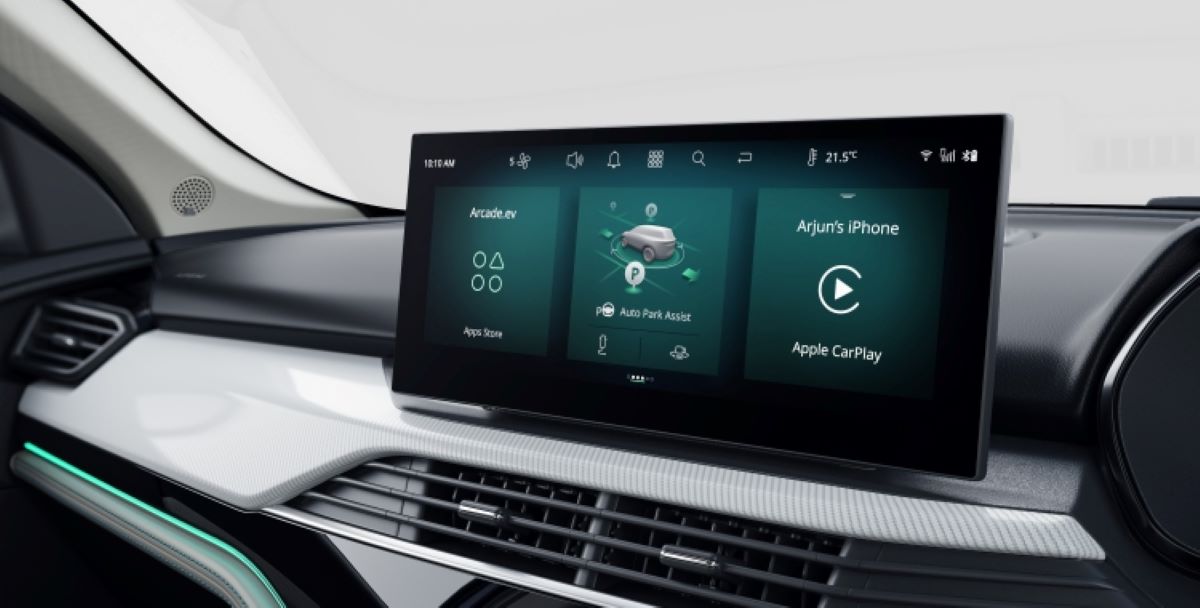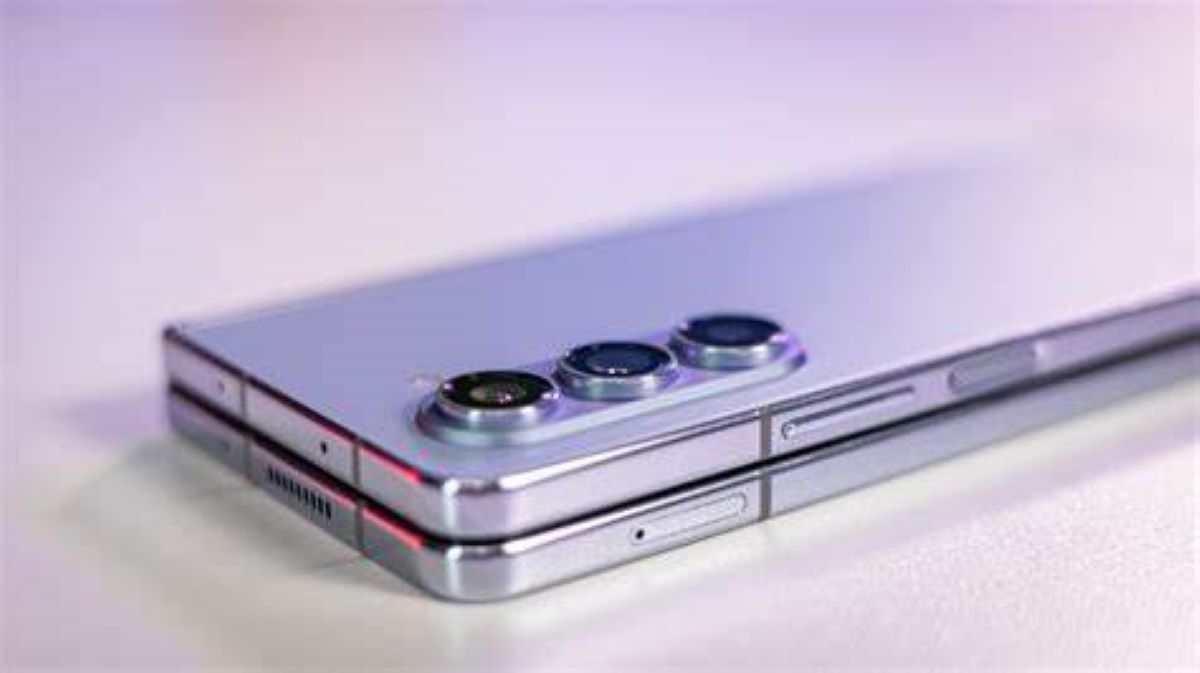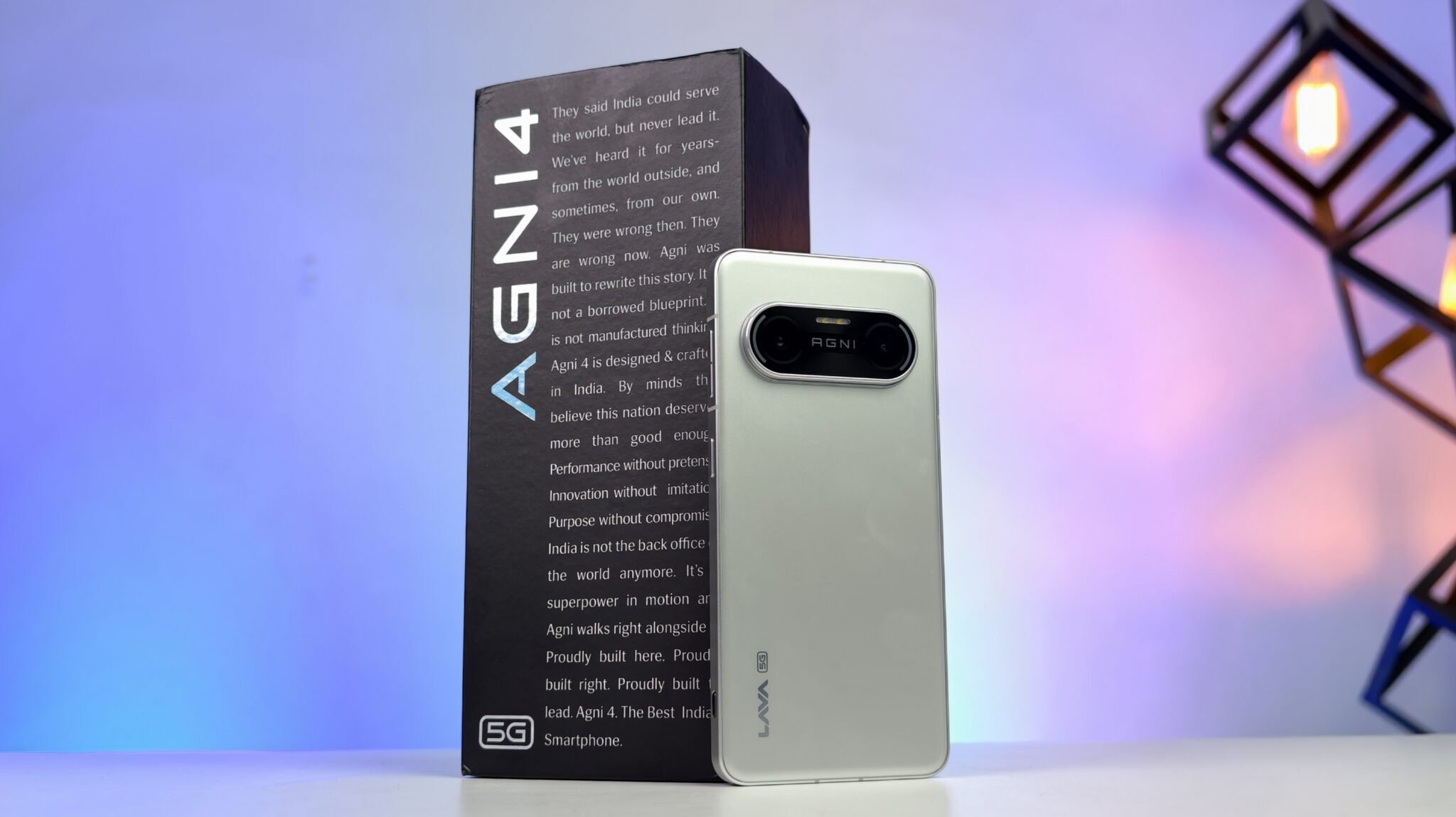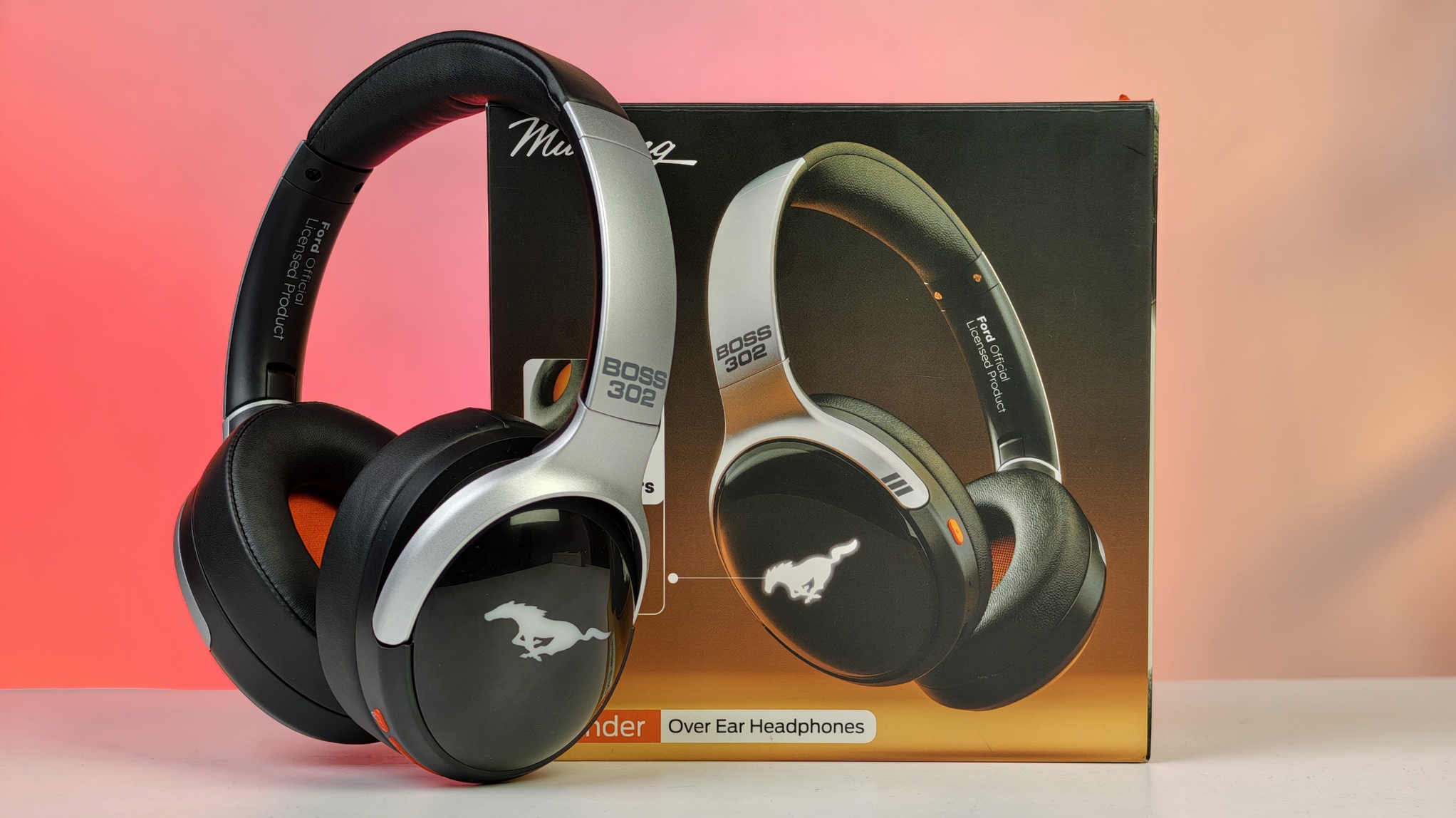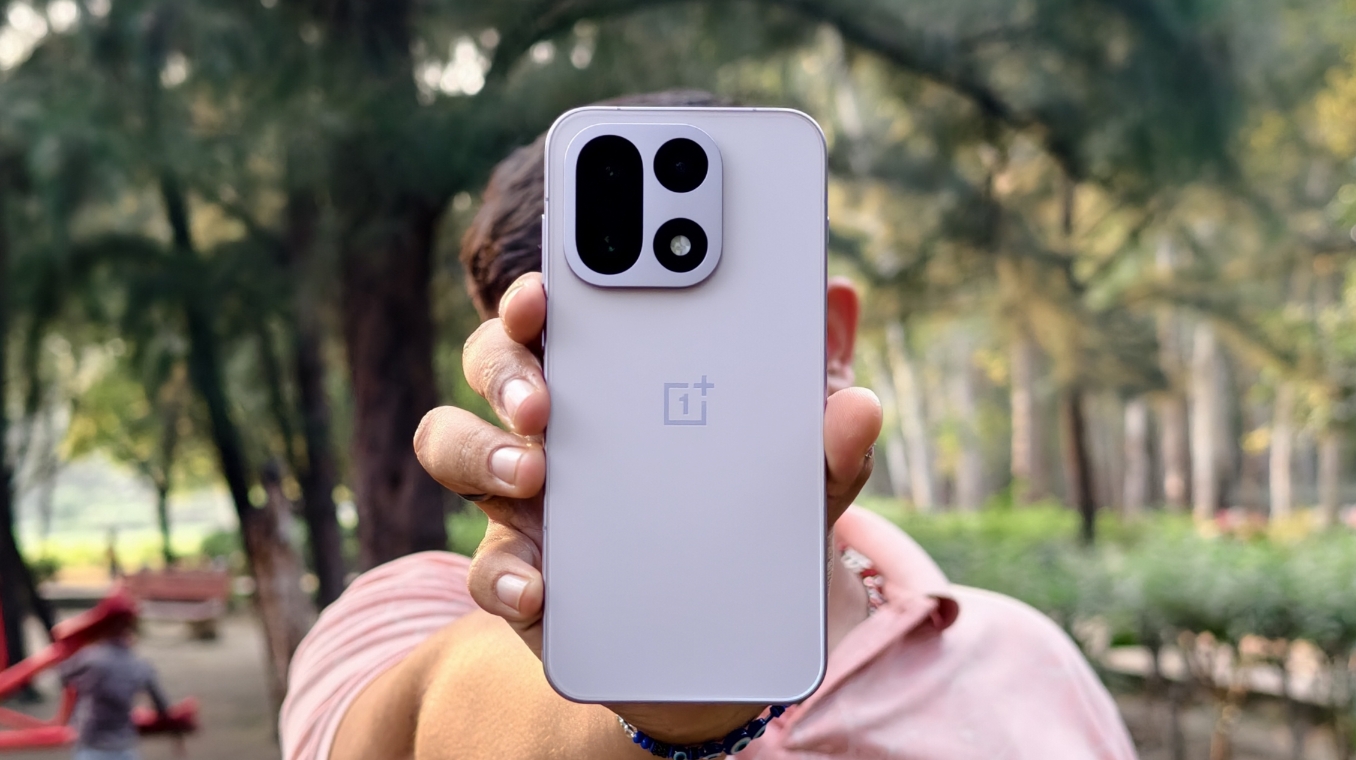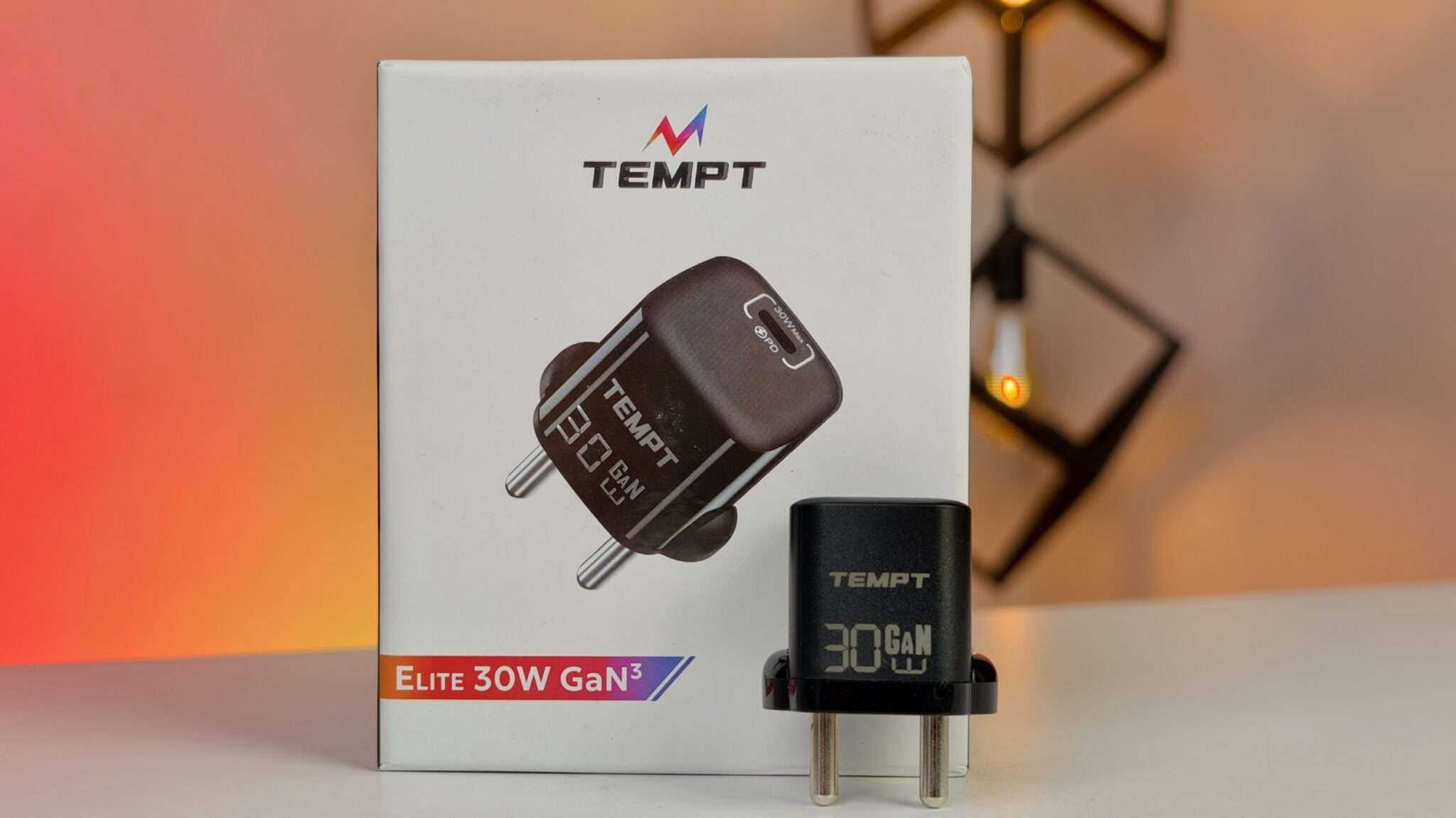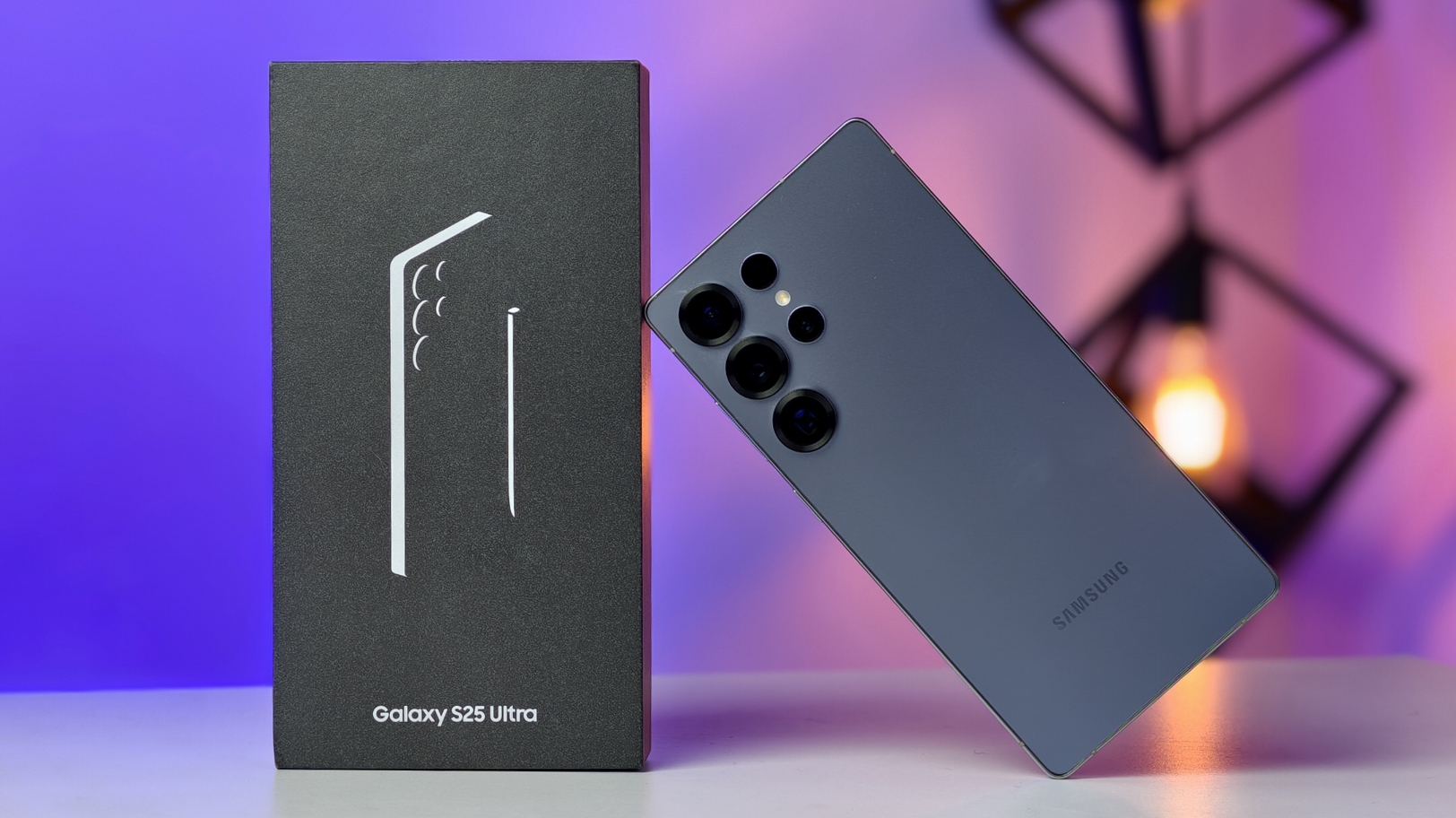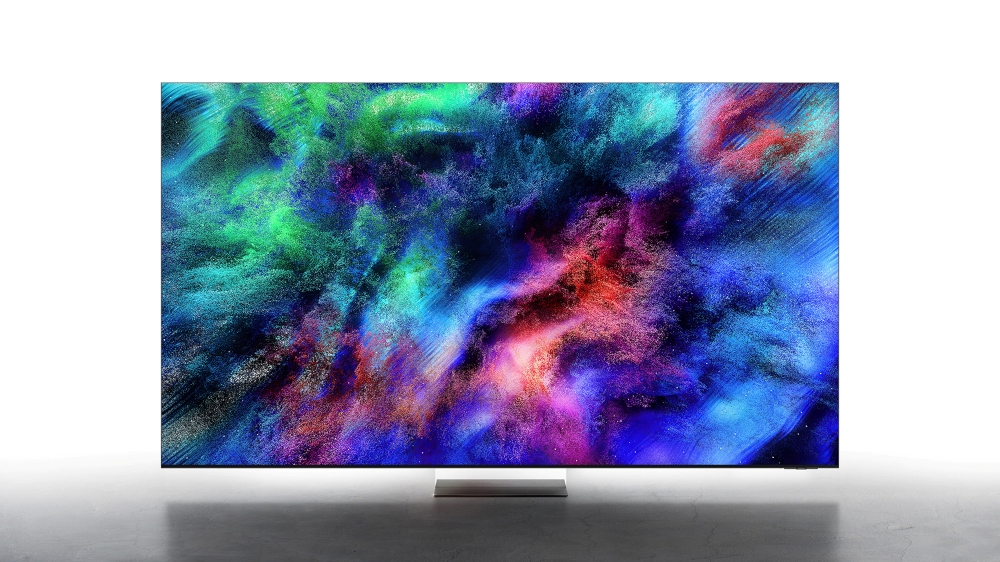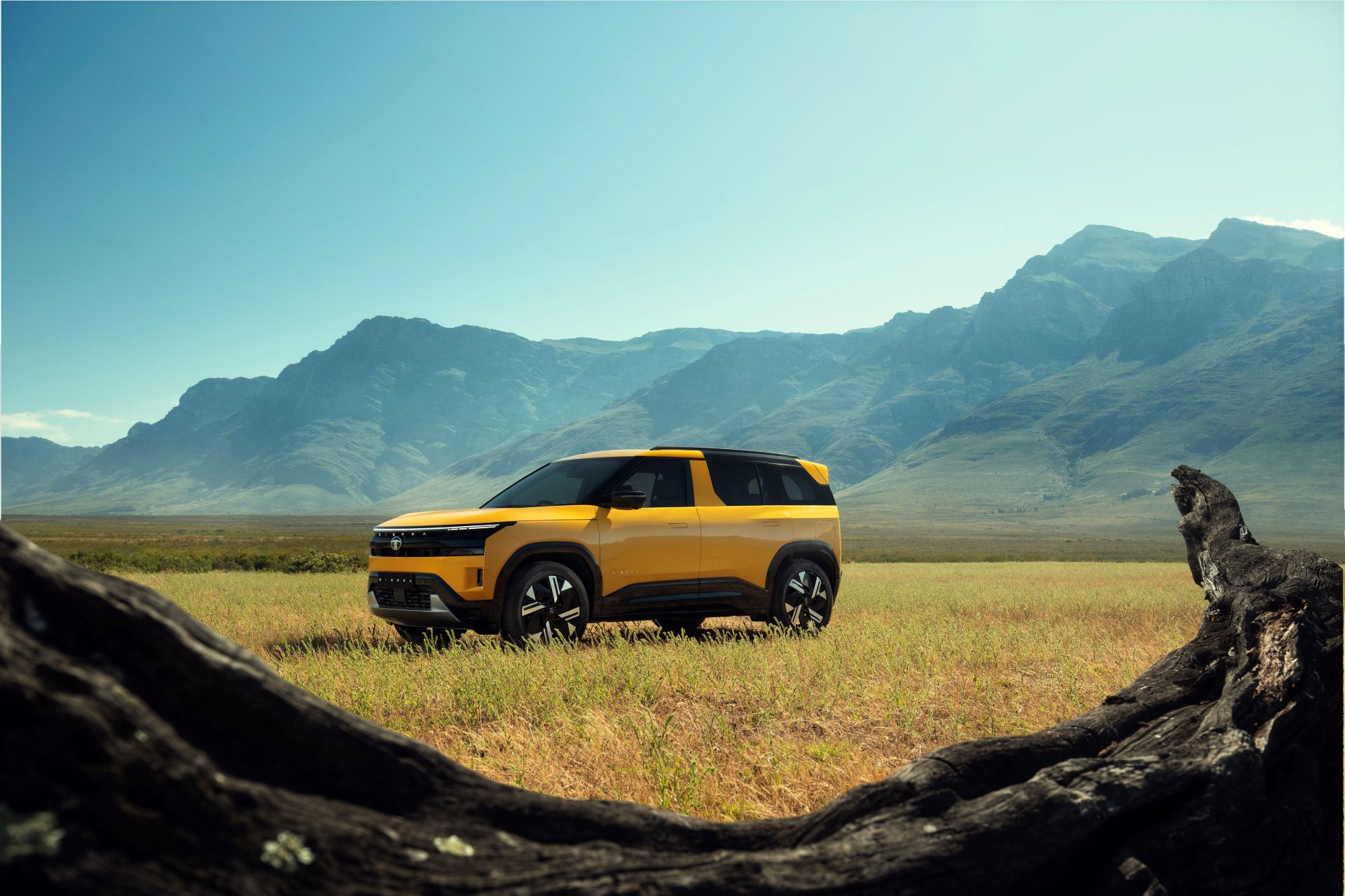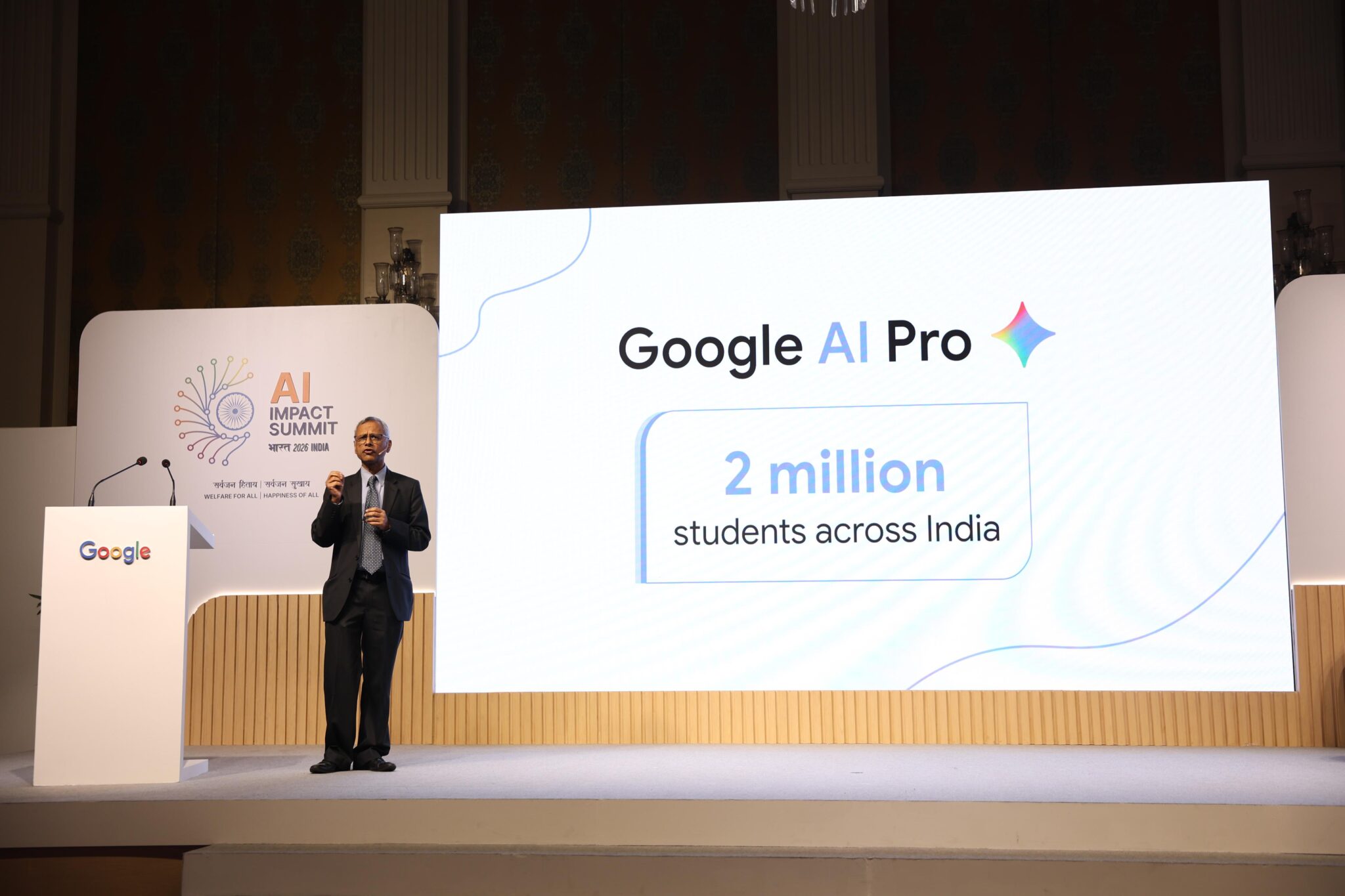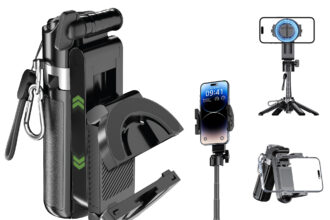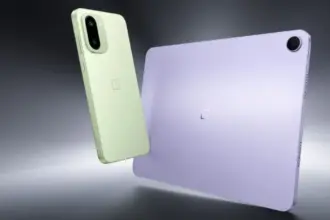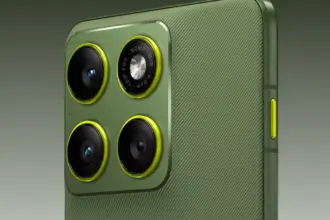A new benchmark for in-vehicle visual experiences has just been set. HARMAN, a global leader in automotive technology and a subsidiary of Samsung Electronics Co., Ltd., has unveiled the world’s first in-vehicle display powered by Samsung’s Neo QLED technology. This cutting-edge screen is debuting in the all-new Tata Harrier.ev, signaling a substantial leap in automotive display performance.
This isn’t just about slick visuals. It’s also a direct response to the way people now expect their cars to feel—more like living rooms on wheels, with screens that rival high-end TVs and tablets. And honestly, for those spending hours commuting or road-tripping, it makes sense.
Key Takeaways:
- HARMAN has launched the world’s first in-vehicle display featuring Samsung Neo QLED technology.
- This display will be integrated into the upcoming Tata Harrier.ev.
- It’s the first time Samsung’s Neo QLED tech is being applied in a car, customized specifically by HARMAN.
- The two companies have been working together for over a decade, previously focusing on JBL audio systems.
- The new 14.53-inch floating display offers premium brightness and contrast, akin to a home-theater setup.
Now, one of the longstanding hurdles in automotive tech has been the environment itself. Extreme temperatures, lighting variations, and space constraints make high-quality displays hard to implement. But HARMAN has cracked it, bringing something more akin to consumer electronics into your dashboard.
The move also deepens a relationship over ten years in the making. Most car enthusiasts in India already associate Tata vehicles with the JBL brand. This next step—adding co-branded, visually stunning displays—feels like a natural evolution.
Shilpa Dely, Vice President, Displays at HARMAN, put it succinctly: “We’ve brought together Samsung’s cutting-edge consumer display and HARMAN’s automotive expertise to create something truly unique: a first-of-its-kind, in-vehicle visual experience that brings living room TV-level brilliance to the road.” Dely emphasized that this innovation finally closes the gap between automotive and consumer display technology.
Theater-Quality Visuals, Engineered for the Road
The new display in the Harrier.ev is 14.53 inches of floating, ultra-slim design—less than 5 mm bezels, to be precise. That alone makes it sleek. But it’s the specs that really stand out. We’re talking about a 1200-nit peak brightness, perfect black levels, and an impressive 95% NTSC color gamut.
And it’s not just about flash. It’s built with intelligent Blue Mini-LED control and is cadmium-free, aligning with sustainability efforts. Real-time visual control algorithms optimize performance on the go and reduce power usage—a particularly important factor for EVs.
So not only is this a step up visually, but it also plays nice with the growing push for greener vehicles. And yes, it meets stringent safety and durability standards for the automotive world.
A Decade-Long Partnership, Now Leveling Up
Anand Kulkarni, Chief Products Officer at Tata Passenger Electric Mobility Limited, summed up the collaboration’s spirit: “Together with HARMAN, we’re bringing the best of consumer display in India’s most capable SUV, the recently launched Harrier.ev, transforming it into a true third living space after home and office.”
That idea—of the car as a third living space—might sound a bit abstract, but it resonates in today’s hyper-connected lifestyle. Whether you’re stuck in traffic or on a weekend getaway, that immersive screen changes the way you interact with your car.
Sanjeev Kulkarni, Vice President of Sales at HARMAN, reiterated the longstanding collaboration: “Our partnership with Tata Motors spans more than a decade and is built on a like-minded approach… a joint promise to deliver the very best in-cabin experiences to our customers.”
Driving the Future, One Display at a Time
This isn’t just a cool feature—it’s part of a larger shift in how vehicles are designed and experienced. As cars evolve into connected, immersive spaces, tech like this display becomes central, not optional.
By merging Samsung’s innovation in consumer electronics with HARMAN’s deep roots in automotive systems, this display could very well be the first of many steps in transforming the driving experience.
And if you’re wondering whether this is a niche luxury or the beginning of a broader trend—it’s probably both. But either way, it’s here. And it’s lighting up dashboards starting with the Harrier.ev.


